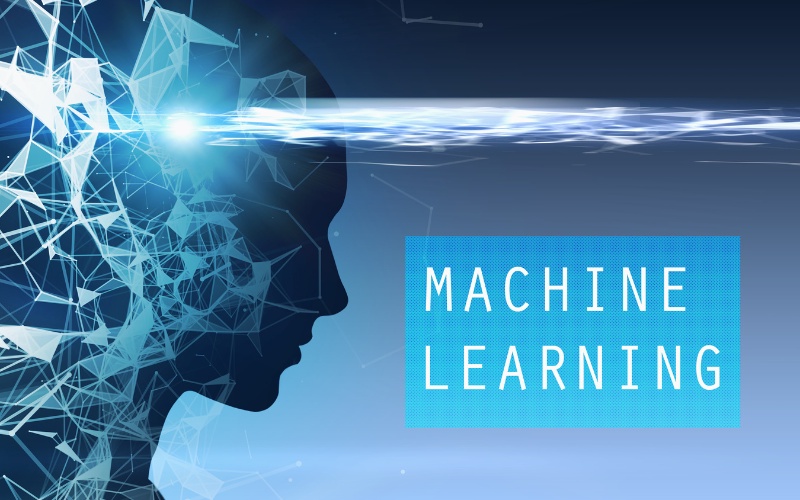Introduction
Machine learning is one of the most significant technological advancements in recent years. It is a subfield of artificial intelligence that involves teaching machines to learn from data without being explicitly programmed. Technology has enabled computers to learn and improve their performance based on experience, making it possible for them to recognize patterns, identify insights, and make accurate predictions. In this article, we will explore machine learning in detail, including what it is, how it works, and its applications in various industries.
What is Machine Learning?
Machine learning is a branch of artificial intelligence that allows machines to learn from data without being explicitly programmed. It involves developing algorithms that enable computers to automatically improve their performance based on experience. The technology utilizes statistical techniques to recognize patterns in data and make predictions based on those patterns.
Types of Machine Learning
There are three main types of machine learning: supervised learning, unsupervised learning, and reinforcement learning.
Supervised Learning
Supervised learning involves training machines on labeled data, which means that the correct output is known for each input. The machine then uses this labeled data to learn how to predict outputs for new inputs.
Unsupervised Learning
Unsupervised learning involves training machines on unlabeled data, which means that the correct output is not known for each input. The machine then uses this unlabeled data to identify patterns and relationships within the data.
Reinforcement Learning
Reinforcement learning involves training machines to make decisions based on the feedback they receive from the environment. The machine learns from its experiences and adjusts its actions accordingly to maximize its reward.
How Machine Learning Works
Machine learning involves several key steps, including data collection, data preprocessing, model selection, model training, and model evaluation.
Data Collection
The first step in machine learning is to collect data. This data can come from a variety of sources, including databases, websites, sensors, and user inputs.
Data Preprocessing
Once the data has been collected, it needs to be preprocessed. This involves cleaning and transforming the data to ensure that it is suitable for machine learning algorithms.
Model Selection
After the data has been preprocessed, the next step is to select an appropriate machine learning model. The choice of model depends on the type of problem being solved and the characteristics of the data.
Model Training
Once the model has been selected, it needs to be trained on the data. This involves feeding the data into the model and adjusting its parameters to minimize the error between the predicted outputs and the actual outputs.
Model Evaluation
After the model has been trained, it needs to be evaluated to ensure that it is accurate and robust. This involves testing the model on new data and comparing its predictions to the actual outputs.
Applications of Machine Learning
Machine learning has a wide range of applications in various industries, including healthcare, finance, marketing, and cybersecurity.
Healthcare
In healthcare, machine learning is used for disease diagnosis, drug development, and personalized treatment. Machine learning algorithms can analyze patient data to identify patterns and make predictions about disease progression and treatment outcomes.
Finance
In finance, machine learning is used for fraud detection, risk assessment, and investment prediction. Machine learning algorithms can analyze financial data to identify patterns and make predictions about market trends and investment opportunities.
Marketing
In marketing, machine learning is used for customer segmentation, product recommendation, and personalized marketing. Machine learning algorithms can analyze customer data to identify patterns and make predictions about customer behavior and preferences.
Cybersecurity
In cybersecurity, machine learning is used for threat detection and prevention. Machine learning algorithms can analyze network data to identify patterns and anomalies that may indicate a cyber attack.
Conclusion
Machine learning is a powerful technology that has the potential to revolutionize various industries. Its ability to learn from data and make accurate predictions has.
FAQ,s
-
What is the difference between machine learning and artificial intelligence? Machine learning is a subfield of artificial intelligence that involves teaching machines to learn from data without being explicitly programmed. AI, on the other hand, refers to the development of intelligent machines that can perform tasks that would typically require human intelligence.
-
What are the benefits of using machine learning? The benefits of using machine learning include improved accuracy and efficiency in tasks, the ability to analyze vast amounts of data, and the potential for cost savings and revenue growth in various industries.
-
How do I get started with machine learning? To get started with machine learning, you will need to learn programming languages such as Python or R, understand the basic concepts of statistics and linear algebra, and familiarize yourself with machine learning algorithms and frameworks.
-
What are the ethical concerns associated with machine learning? The ethical concerns associated with machine learning include issues of bias and discrimination, privacy and security, and the potential for misuse or unintended consequences.
-
What is the future of machine learning? The future of machine learning is promising, with continued advancements in areas such as natural language processing, deep learning, and reinforcement learning. The technology is expected to have a significant impact on various industries, including healthcare, finance, and cybersecurity.


No comments yet